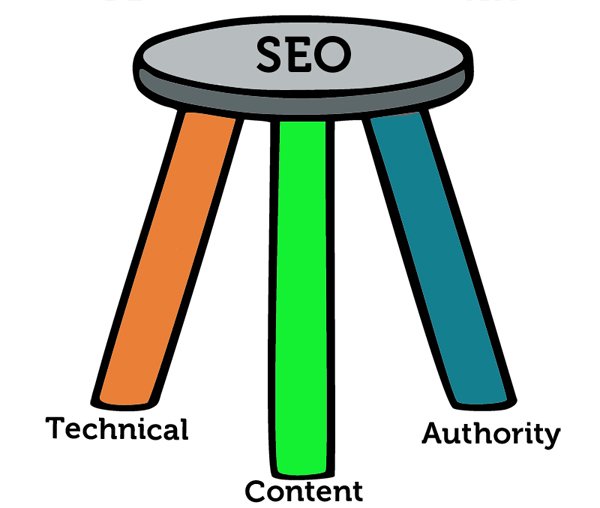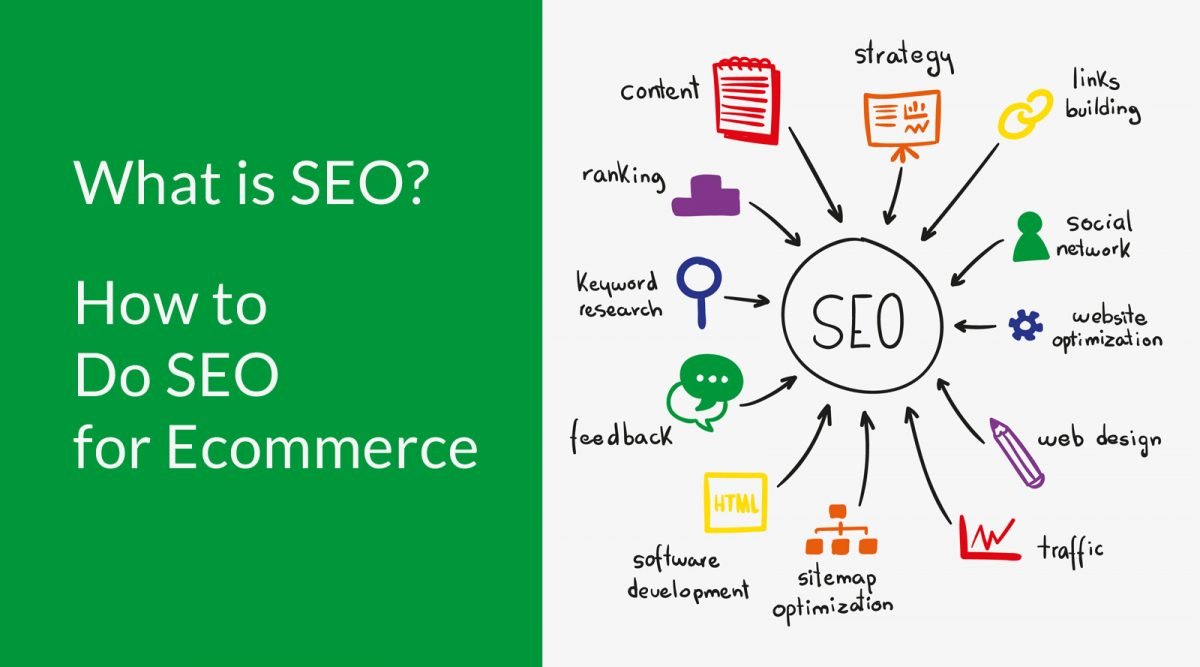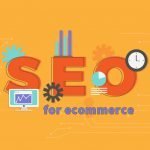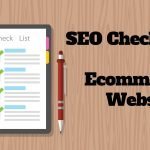Search engine optimization (SEO) is an important part of marketing online, and done well, it can greatly increase your traffic of interested people. SEO is a multi-faceted “thing” and it’s really easy to get distracted by only one or two ranking factors. In the process, you’ll lose sight of the purpose and may see less than wonderful results. So a good understanding of what is SEO, and what isn’t, will help you make wiser decisions as you seek lower cost ways to drive store growth. This article offers the foundation knowledge you need to do your own optimization or to ask questions of anyone you hire.
Initially the costs of SEO can be greater than the economic return, but over time SEO can be one of your least expensive forms of marketing. Since search engine optimization relies primarily on the written content of your website, it can be both time consuming and expensive. However, if you can write high quality, thorough articles, and have the time to do so, SEO can be virtually “free.” I says “virtually free” because you should not underestimate the value of your time.
Ecommerce presents unique challenges when optimizing your website. Unless you have unique products, hundreds or thousands of other stores have the same products, often with identical product descriptions. You have to find a way to differentiate your store from the rest. The larger your catalog, the more time consuming this can be.
Is there a risk to doing SEO wrong?
There are a number of risks. The very worst thing that can happen is that your site is penalized by Google, for attempting to game the system. If this happens, your site will disappear from the search results. It can take months to undo the damage. This does not have to be done intentionally. One of the easier ways to run into trouble is to purchase inbound links. It is very important that your inbound links are from quality, relevant websites. Acquiring new links should be paced as well. If you get a lot of links at once, that can raise a warning flag to Google. Spammy links can get you into hot water.
You can also harm your user experience if you design and write for the search engines and not your customer. Driving site visitors is only part of the formula for success. It feels obvious, but if your visitors aren’t there to buy, you don’t need them. Therefore nothing you do to drive traffic should slow down, or deter, the buying process. Poor quality content and a spammy navigation tree is harmful to customer experience and can lower your conversion rate.
Lastly there are technical errors that can harm your SEO though few are likely to get your website de-listed.
Gauging the success of your SEO campaigns
SEO is also often misunderstood. It can be judged as “how do I rank for these 10 terms.” However, this is the wrong way to view search engine traffic. The end goal is to drive traffic. There are thousands, if not tens of thousands of search queries that can result in someone seeing a link to your website and a site visit. This is not fully predictable.
Search engine results are personalized by the search engines and a given term will fluctuate in rank on a moment to moment basis based on more than 200 factors. “Googling” your key terms, from your computer, in your geography, will often deliver a higher SERP result. Google Search Console is a free, valuable tool that tells you which queries your website displays for. It lists average rank position and click through rates. Search Console is one of the most valuable free SEO tools.
It can also take quite a bit of time to rank well for selected search queries. SEO is often the “season and simmer” part of your marketing efforts. Anyone offering SEO services or “programs” that guarantee to zip your site to the top of the Google rankings is one to be very, very wary of. Plan on at least six months of effort before determining success.
The way to judge search engine optimization is to measure whether or not your organic traffic is growing. An increase in traffic coming in on your brand terms is also an important metric.

Components of an SEO campaign
An appropriately conducted SEO campaign, defined as one that can withstand the scrutiny of, and algorithm changes made by, Google, center around content. While all forms of content, including images, on-site reviews, and videos all enhance SEO, written words are most important. Some of the SEO work is on your site, and some of it occurs offsite.
Search engine optimization is a fairly complex. Many components comprise a solid SEO effort but all can be classified into one of three areas of effort.
This is why I find the 3-leg stool to be a good analogy. Skip or short a leg and your search engine results (SERP) falls.

Search optimization efforts fall into one of three categories –
- Technical optimizations of the website – including the navigational plan, speed, meta information, engine submission and more
- Content – both onsite and, as part of a link campaign, written for offsite use
- Links – both internal to the site and coming from elsewhere (external links)
Remember, Google’s goal is to deliver the best results that answer the question (query) the user is asking.
The purpose of search optimization work is to highlight to Google that your page offers one of the very best results that answer the question the customer is asking.
 Technical requirements – Onsite SEO
Technical requirements – Onsite SEO
While it is possible for a website to rank well with a poorly designed and constructed website, there are specific technical requirements that improve rankings and organic traffic.
- Your website must be optimized for speed and user experience.
- Navigation and on-site search need to be optimized for ease of use.
- URLS, meta descriptions, page headings, robots.txt and sitemap files, and canonical links must be correct.
- Code needs to be clean and open graph tags installed.
- On site pages need to offer high quality, authoritative content that includes relevant keywords AND related semantic language. Ideally all blog pages are a minimum of 500 words. Longer is better.
- Duplicate content must be addressed.
- Site must be secured.
- Sitemaps need to be connected to Google Search Console and Bing Webmaster Tools.
- An internal link strategy that links related content to increase authority for a given topic.
- Newer requirements are properly set up schema markup which help Google define the content on your pages. While not a “must have,” you’re hurting your visibility without it.
Just keep in mind, your website should be designed and built to make your customers happy and to move visitors into and through the buying funnel. All the the technical requirements of SEO benefit your customers.
Content needs
Content is defined here as everything you do to represent your brand and products. This includes product descriptions, images, videos, category descriptions, guides, blogs, social media posts, emails and more. Content is the most critical element of your website as, in addition to hopefully assisting your search goals, it informs, guides and leads your viewers to purchase items from you.
Your content is far more valuable than its SEO value. Good content guides the decision process and builds trust. Both of which can increase conversion rates. Great content is shared. Content shared puts your name and products in front of more people. Share content is naturally created inbound links.
Google also looks to see how page visitors respond to your page. The more engaged they are, the better the content must be. The visitor who spends more time on your page, watches the video, checks all your images, or even better “adds to cart,” the more favorably Google sees that page as a top response to the query. Thus inbound links may get someone to the page, but if the visitor isn’t impressed once they arrive, they quickly leave, in Google terms “bounce.” A high bounce rate is a negative factor for SEO.
Thin content can actually prevent your product page from being indexed at all. If Google sees more code than content, the odds are against you.
I have seen many sites, that otherwise break the rules for SEO best practices, rank really well because their content is fabulous.

Among the content a good site needs:
- Onsite SEO – Web copy for your website, including a blog, that features high quality written content on topics your target audience is seeking information on. Copy must also meet technical requirements that help get it indexed higher but ultimately the most important factor is that it engages your audience.
- Offsite SEO – Articles, videos, social media content, infographics and blog comments written on other sites, authored by your team, that link in to yours.
- Offsite SEO – Articles written on other sites that link in to your site. Authorship belongs to the other site even if content is written by your team.
The challenge of ecommerce
SEO is easier if you are the brand and all the product on your website is your brand. It’s harder when you sell other brands as there are other stores vying for top SERP. Ideally your website has custom written product descriptions. This can be a huge project if you have a large product catalog. In truth, ranking high for a product page is much harder than an informative blog post or educational page. Not all stores, even large ones, do well creating great, unique product pages. They trade off their brand recognition and trust. If you don’t have that brand power, your page must go the extra mile to deliver a great experience.
Crafting a great product description page
A great product page is one way smaller merchants can stand out from their competition and improve their SEO while also improving conversion rates. Visitors who reach a great page are more likely to engage with the page, look around, visit other pages on site and buy. All of which are signals to Google that your page is a worthy destination.
- Answer all their questions. Minimize the need for the customer to visit many sites to learn what they need to know before buying.
- Make the product look fabulous. Whenever possible, offer multiple views, photos with all options and videos.
- Reviews. Product reviews are a “must have” in today’s market where buyers like social proof that something is worth their money.
- Pretty and efficient. Your page should look clean and have information formatted in easy to read bites.
- Add video content. If there’s a great video out there, show it! If you created the content, that’s even better. If you’re using YouTube, you should have a programmer set up your site so the description, and end slide where it links to other people’s videos (which takes them off YOUR site) is not displayed.
- Keep out useless information. You don’t need to say everything on one page. In fact, rule #1 of ecommerce is that “people don’t read.” Keep your page clean and free of distractions. There is some evidence that the addition of up-sells and cross sells actually decrease conversions. I would test this theory before assuming it to be fact for your audience.
Links – internal and inbound (external)
Internal links are the links that exist within your website that take a site visitor, and a crawler, from page to page. A well-designed internal linking strategy makes it easier for your visitors to get to the information they need. It also links related topics and items which can support the relevancy and search rankings for a given page.
External links are an area where you need to exercise care to acquire them in an intelligent and natural manner. All sites will have a few poor inbound links over time. A limited quantity of poor links is not a major cause for concern. If you see a lot of spammy links, you will need to either have those inbound links removed (contact the site owner), or disavow them. Disavow is a process where you tell Google you did not want that link and don’t count it. It’s a tool built into the Google Search Console.
If your website has outstanding content and is technically well-designed, why do you still need inbound links? Google views inbound links as the equivalent of a product review. It is someone else’s opinion that your web page answers the specific query well. The more “sites” that think you have the best answer, the more validation. While Google’s algorithms change frequently, the influence of inbound links remains one of the most important factors for SERP ranking. For this reason, it’s also an area that is subject to abusive practices. Google is aware of this which is why the quality of who links to you matters.
After more than 8 years of SEO work, I have found that by following this one rule for inbound links, websites withstand the many Google changes and none of the sites I’ve worked on have been penalized.
Rule of Thumb: Ask yourself “would a visitor on this site, and clicking this link, be interested in the page linked?” Traffic to your website is worthless if that traffic is not interested in what you offer. Build links where the audience is likely to be interested in your content and products. Stay away when it isn’t a relevant topic.
- Quality, defined as reputable and trusted by Google, inbound links are still among the most important factors that determine how well your site will rank.
- Links from poor quality sources can actually cause your site to be penalized by Google.
- A wide variety of types of links – which includes a variety of sites, linking keywords, image and video links, follow and no-follow links that follow a “natural” pattern should be present.
- Social media inbound links and content shares also factor in.
How to acquire relevant inbound links
There are as many ways to create and acquire inbound links as there are people who call themselves SEO experts. “Best” is defined as most appropriate and effective for your website. There is an art to blogger and website outreach. Your request must provide a benefit to their website and audience. Just be sure that sites are high quality, ideally have a higher domain authority than yours, and are relevant to your business.
Inbound link campaigns rarely result in immediate spikes of traffic. However, results compound over time. Result should be visible within a 3-6 months time period. For this reason, a six month minimum time commitment is recommended for any inbound linking campaigns.
updated May 2019






